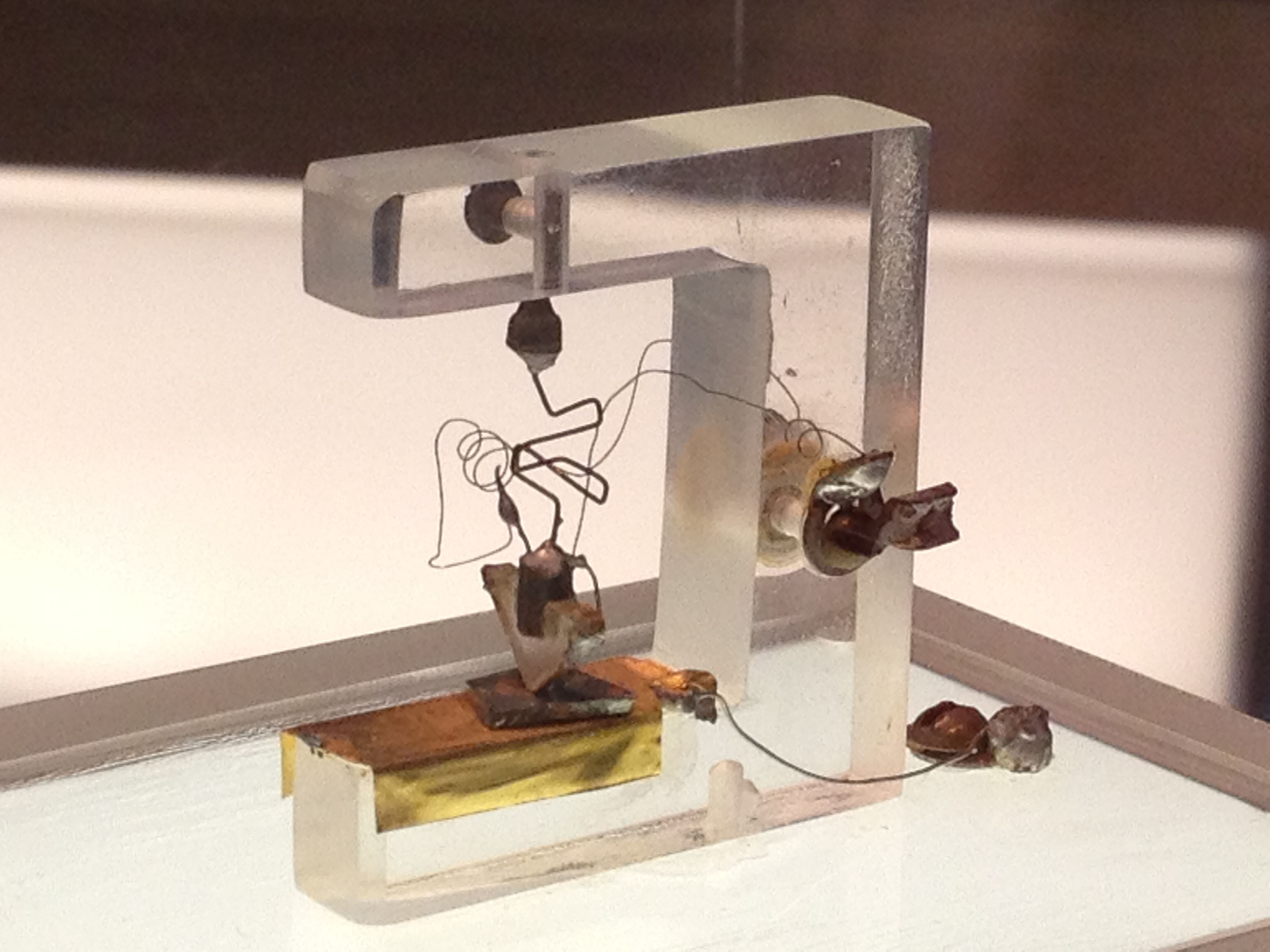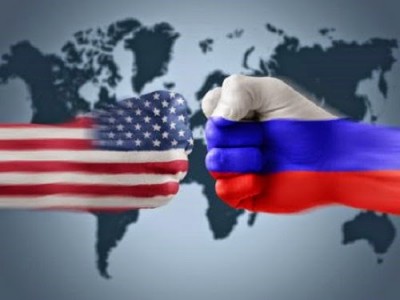Regular strenthen of computers starte 1971. with development of nanotechnoloy. That is the reduction of chip and transistor dimension and increasindthe number of transistors in one chip.
The structure of Intel pentium chip1971. included10.0 micrometerwith 2300 transistors.
Intel Pentium 284 included 1982. the Chipstructure of 1,5 Micrometer wirh 100 000 Transistors.
Intel Pentium included 1983. the Chip structure of 0,8 Micrometer with 3 000 000 Transistors.
Intel Petium 4 incladed 2000. the Chipstructure of of 0,18 Micrometer with 42 000 000 Transistors.
Intel Pentium included 2010. the Chipstructure of only 0, 01 Micrometer with improbable three Miliard Transistors.
The current Computer Technology is going away. In the Year 2020. Intel Pentium shall have the Chip of nearly zero scope: 0,001 Micrometer but with incrsedible cca.two Hundred Billions Transistors. What follows after?Near the end we wont to:ask: what is the transistor?
Transistor is a device that regulates current or voltage flow and acats as a switdh or gate for electronic signals. Transistor consists of three layers of semiconducter material , each capable of carrying and current. The semiconductor material is given special properties by a chemical process called doping.

The structure of Intel pentium chip1971. included10.0 micrometerwith 2300 transistors.
Intel Pentium 284 included 1982. the Chipstructure of 1,5 Micrometer wirh 100 000 Transistors.
Intel Pentium included 1983. the Chip structure of 0,8 Micrometer with 3 000 000 Transistors.
Intel Petium 4 incladed 2000. the Chipstructure of of 0,18 Micrometer with 42 000 000 Transistors.
Intel Pentium included 2010. the Chipstructure of only 0, 01 Micrometer with improbable three Miliard Transistors.
The current Computer Technology is going away. In the Year 2020. Intel Pentium shall have the Chip of nearly zero scope: 0,001 Micrometer but with incrsedible cca.two Hundred Billions Transistors. What follows after?Near the end we wont to:ask: what is the transistor?
Transistor is a device that regulates current or voltage flow and acats as a switdh or gate for electronic signals. Transistor consists of three layers of semiconducter material , each capable of carrying and current. The semiconductor material is given special properties by a chemical process called doping.

First transistor 1947. : The biggest invention of 20th century

Scope of transistors from 1971. to 2016. : 10,000 - 0,1 nanometers.

Scope of transistors from 1971. to 2016. : 10,000 - 0,1 nanometers.
 English
English Srpski
Srpski


